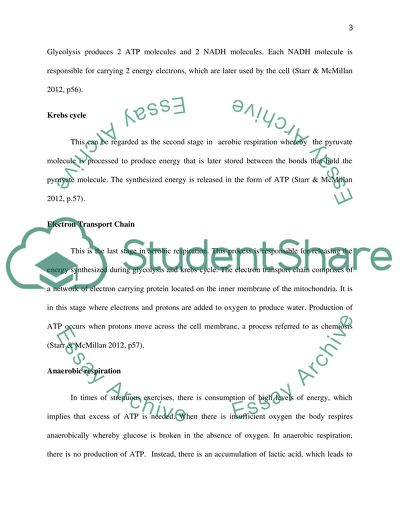Cite this document
(“Respiration Essay Example | Topics and Well Written Essays - 1000 words”, n.d.)
Respiration Essay Example | Topics and Well Written Essays - 1000 words. Retrieved from https://studentshare.org/biology/1616982-respiration
Respiration Essay Example | Topics and Well Written Essays - 1000 words. Retrieved from https://studentshare.org/biology/1616982-respiration
(Respiration Essay Example | Topics and Well Written Essays - 1000 Words)
Respiration Essay Example | Topics and Well Written Essays - 1000 Words. https://studentshare.org/biology/1616982-respiration.
Respiration Essay Example | Topics and Well Written Essays - 1000 Words. https://studentshare.org/biology/1616982-respiration.
“Respiration Essay Example | Topics and Well Written Essays - 1000 Words”, n.d. https://studentshare.org/biology/1616982-respiration.


